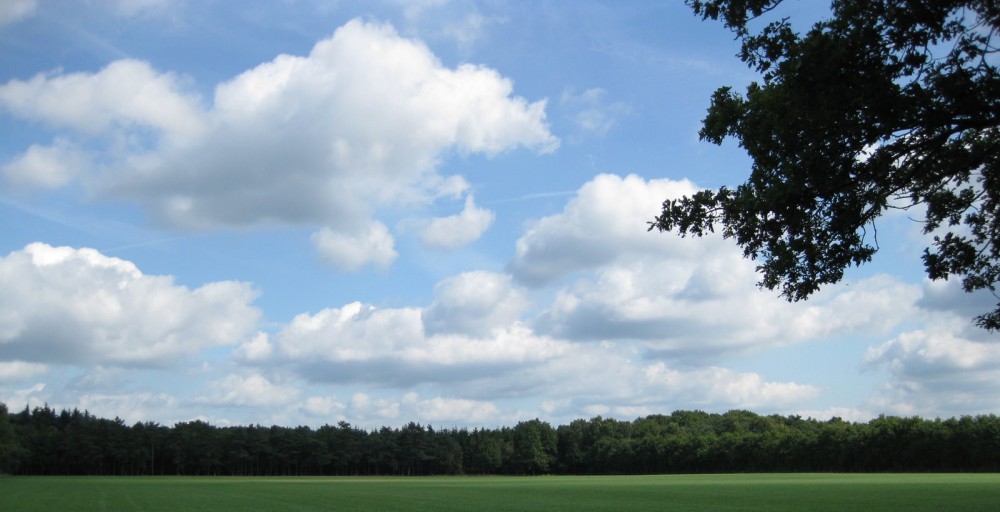Dear friends,
The purpose of Advayavada Buddhism is to become a true part of the whole.
Our quest is fully personalized: it is firmly based on what we increasingly know about ourselves and our world, and trusting our own intentions, feelings and conscience. Adherence to the familiar five precepts (not to kill, not to steal, sexual restraint, not to lie, and refraining from alcohol and drugs) and a well-considered understanding of the three (in Advayavada Buddhism, four) signs of being and the Buddha’s four noble truths, which were the subjects of weeks 1 to 5, suffice to start off on this Path at any time.
Advayavada Buddhism does not tell you what to do or believe, but invites us all to make the very best of our own lives by indeed attuning as best as possible with wondrous overall existence advancing over time now in its manifest direction. The Advayavada Study Plan (ASP) is repeated four times a year.
The purpose of the autonomous ASP is that we study (and debate in a local group, the family circle or with good friends) the meaning and implications of the weekly subject, not as a formal and impersonal intellectual exercise, but in the context of whatever we ourselves are presently doing or are concerned with, or about, such as our health, relationships, work, study, our place in society, etc.
(My own specific personal objective this quarter is to observe and interpret as closely as possible the workings in my own life of pratityasamutpada, i.e. the process of universal relativity or interdependent origination, understood as in Madhyamaka, where ‘all causes are effects and all effects are causes’, and karma, understood as the everchanging knotlet of biopsychosocial events in which I am personally embedded – what’s yours?)
In week 6 we reviewed and took stock of our personal situation and circumstances, last week (7) we took an appropriate and timely decision to adjust our course, and, to continue this weekly series, this week (8) we again put our decision and objective in writing as precisely as possible.
This task is based on the 3rd step on the Noble Eightfold Path: samma-vacha (in Pali) or samyag-vac (in Sanskrit); in Advayavada Buddhism’s usage: our very best enunciation or definition of our intention (as Karl Popper says, putting our ideas into words, or better, writing them down, makes an important difference, for in this way they become objective and criticizable); in Dutch: onze beste uitleg (de derde stap op het edele achtvoudige pad).
Nirvana is, in Advayavada Buddhism, the total extinction of our existential suffering as a result of our complete reconciliation and harmonization with reality as it truly is beyond our commonly limited and biased personal experience of it; the unremitting persistency of human distress, alienation and conflict is essentially due to the very many not knowing or not understanding or simply disbelieving the true nature of existence.
Other translations of the 3rd step are: right discourse (Arnold), right speech (Bahm, Bodhi, Burt, Ch’en, Conze, David-Neel, Dhammananda, Dharmapala, Eliot, Fernando, Gethin, Guenther, Harvey, Horner, Humphreys, Keown, Khemo, Kornfield, Malalasekera, Narada, Narasu, Nyanatiloka, Rahula, Rhys Davids, Saddhatissa, St Ruth, Stroup, Takakusu, Warder, Watts), appropriate speech (Batchelor), right speaking (Grimm); proper language of definition (Edwardes); correct speech (Kloppenborg, Scheepers), the right word (Melamed).
Feel free to share these ASP instalments.
Kind regards,
John Willemsens
Advayavada Foundation
@advayavada
